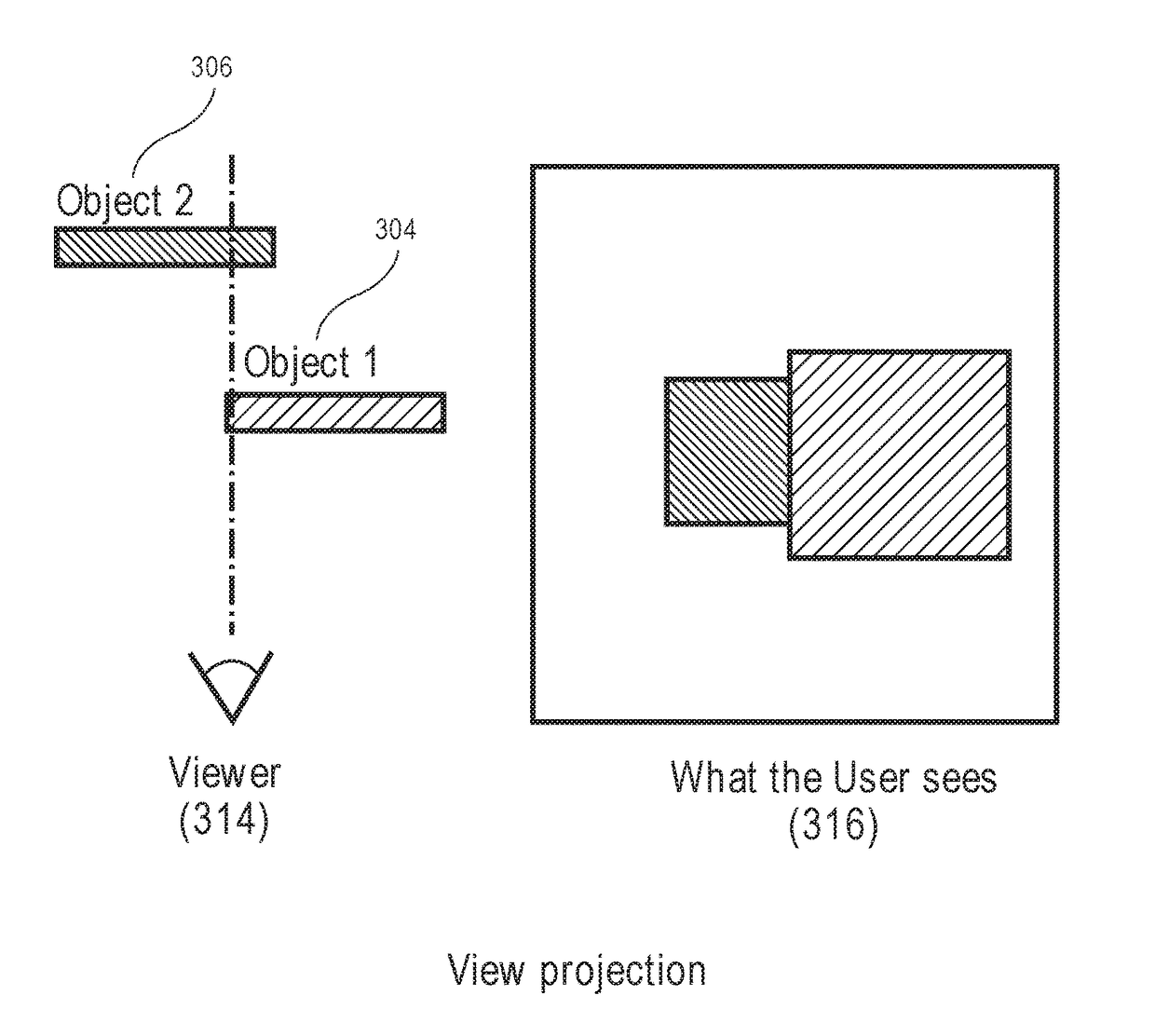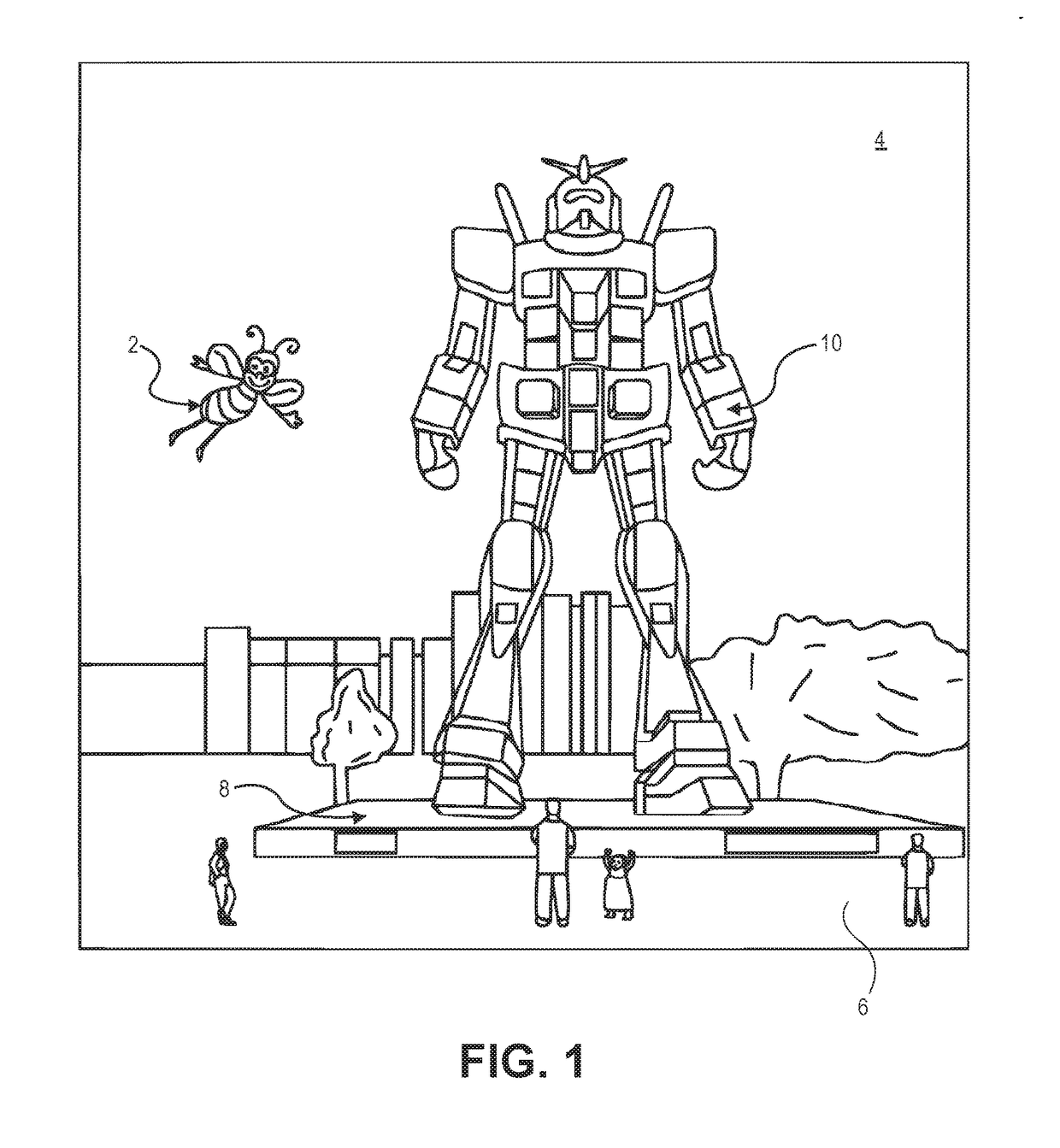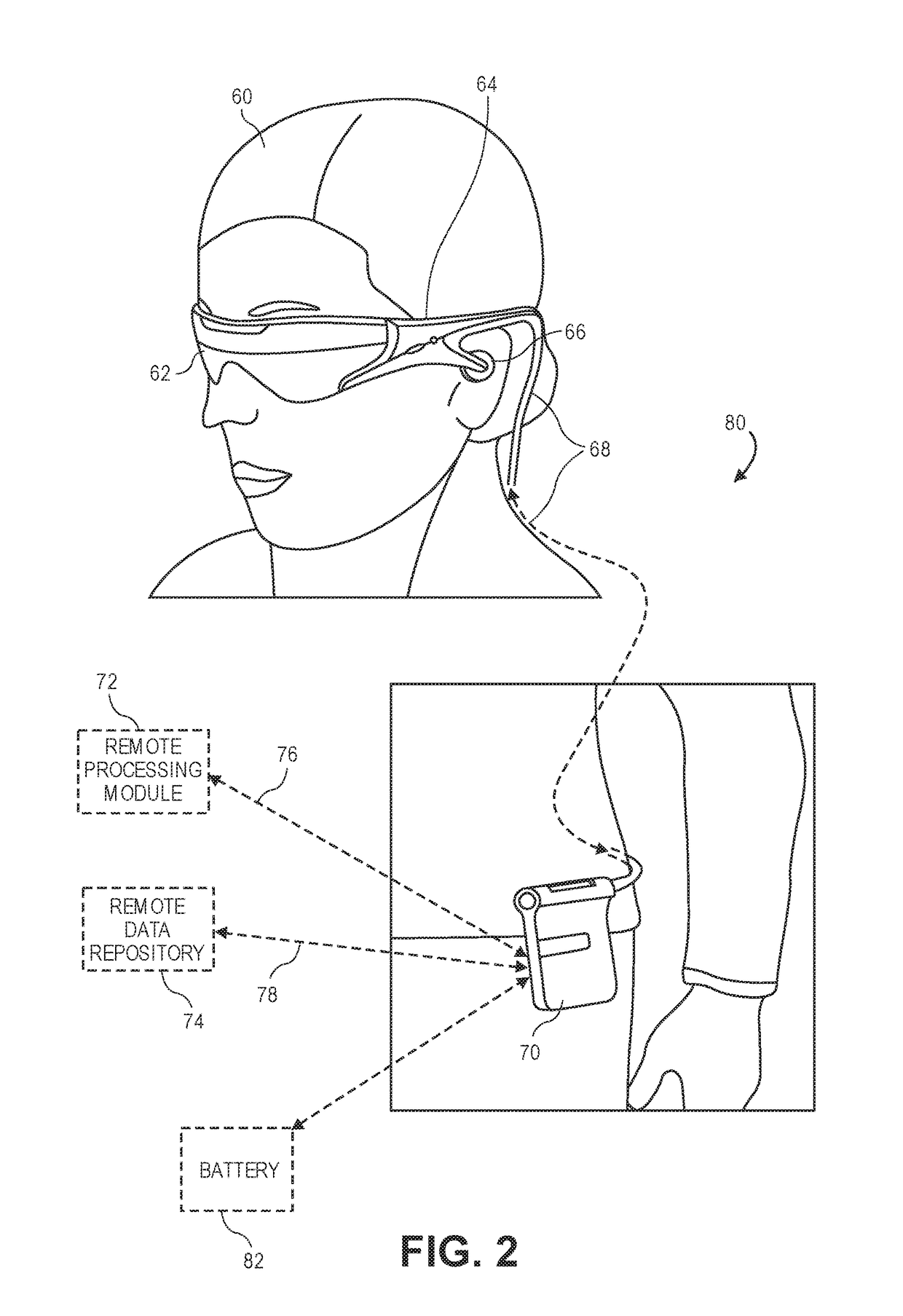Continuous time warp and binocular time warp for virtual and augmented reality display systems and methods
a technology applied in the field of virtual reality and augmented reality visualization systems, can solve the problems of modifying the virtual image displayed, undesired user experience, and difficulty in producing vr or ar, and achieve the effect of reducing the latency of motion to photon
- Summary
- Abstract
- Description
- Claims
- Application Information
AI Technical Summary
Benefits of technology
Problems solved by technology
Method used
Image
Examples
Embodiment Construction
[0046]A virtual reality (“VR”) experience may be provided to a user through a wearable display system. FIG. 2 illustrates an example of wearable display system 80 (hereinafter referred to as “system 80”). The system 80 includes a head mounted display device 62 (hereinafter referred to as “display device 62”), and various mechanical and electronic modules and systems to support the functioning of the display device 62. The display device 62 may be coupled to a frame 64, which is wearable by a display system user or viewer 60 (hereinafter referred to as “user 60”) and configured to position the display device 62 in front of the eyes of the user 60. According to various embodiments, the display device 62 may be a sequential display. The display device 62 may be monocular or binocular. In some embodiments, a speaker 66 is coupled to the frame 64 and positioned proximate an ear canal of the user 60. In some embodiments, another speaker, not shown, is positioned adjacent another ear canal...
PUM
 Login to View More
Login to View More Abstract
Description
Claims
Application Information
 Login to View More
Login to View More - R&D
- Intellectual Property
- Life Sciences
- Materials
- Tech Scout
- Unparalleled Data Quality
- Higher Quality Content
- 60% Fewer Hallucinations
Browse by: Latest US Patents, China's latest patents, Technical Efficacy Thesaurus, Application Domain, Technology Topic, Popular Technical Reports.
© 2025 PatSnap. All rights reserved.Legal|Privacy policy|Modern Slavery Act Transparency Statement|Sitemap|About US| Contact US: help@patsnap.com



